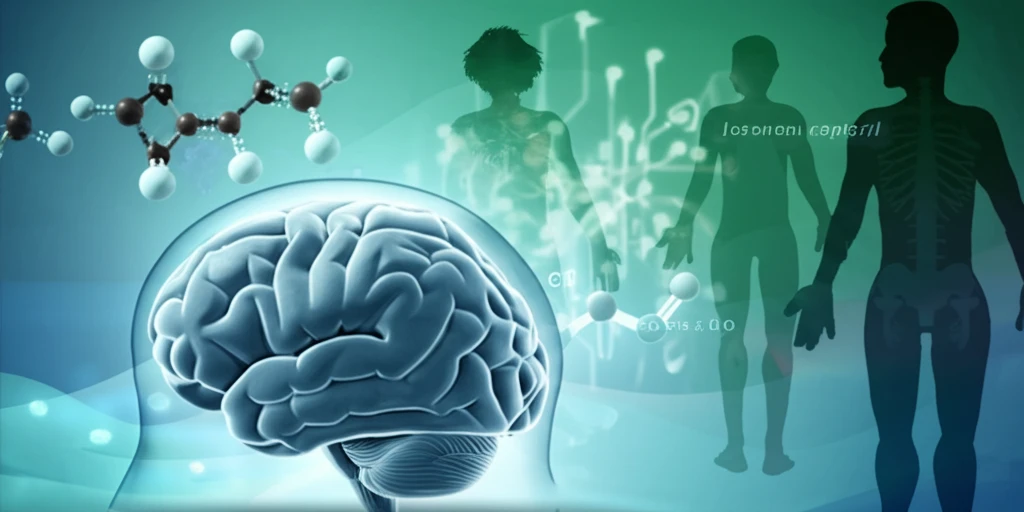
Stroke Breakthrough: Can Losartan and Captopril Halt Brain Hemorrhage Without Lowering Blood Pressure?
"New research explores how post-stroke treatments could revolutionize recovery by preventing further brain damage, offering hope for improved outcomes and long-term health"
Stroke remains a leading cause of long-term disability and death worldwide, affecting millions each year. One of the most dangerous complications following a stroke is hemorrhagic expansion, where bleeding in the brain continues to worsen, leading to increased damage and poorer outcomes. Traditional treatments often focus on lowering blood pressure, but new research suggests there may be other ways to halt this deadly process.
A groundbreaking study published in "Vascular Pharmacology" explores the potential of two common medications, losartan and captopril, to arrest hemorrhagic expansion in the brain after a stroke without significantly lowering blood pressure. This intriguing finding could revolutionize stroke treatment, offering new hope for preventing further brain damage and improving patient recovery.
This article delves into the details of this innovative research, examining how losartan and captopril work, the implications of their effects on hemorrhagic expansion, and what this could mean for the future of stroke care. Whether you’re a healthcare professional, a stroke survivor, or simply interested in the latest medical breakthroughs, this is a must-read.
How Can Losartan and Captopril Protect the Brain After a Stroke?

The study, led by John S. Smeda and his team, investigated the impact of losartan and captopril on stroke-prone hypertensive rats (SHRsp). These rats, which are genetically predisposed to high blood pressure and strokes, provide a valuable model for understanding how these treatments might work in humans. The researchers assessed the ability of post-stroke losartan and captopril to attenuate hematoma expansion and plasma extravasation after intracerebral hemorrhagic stroke. Cerebrum volume, herniation and surface areas exhibiting new and old hemorrhages, and albumin extravasation were measured prior to and after stroke, and following 30 and 60 days of post-stroke losartan or captopril treatment in Evans Blue dye perfused brains.
- Arresting Hemorrhagic Expansion: Both losartan and captopril were found to halt the expansion of bleeding in the brain after a stroke. This is crucial because the continued growth of a hematoma (blood clot) can compress brain tissue, leading to further damage and disability.
- Preventing Plasma Extravasation: The medications also reduced plasma extravasation, the leakage of fluid from blood vessels into the brain. This leakage can cause swelling and increased pressure, exacerbating the effects of the stroke.
- No Significant Blood Pressure Reduction: Perhaps the most surprising finding was that these benefits occurred without significantly lowering blood pressure. This suggests that losartan and captopril are working through mechanisms other than simply reducing blood pressure, potentially targeting the underlying causes of hemorrhagic expansion.
What Does This Mean for the Future of Stroke Treatment?
The findings of this study offer exciting new avenues for stroke treatment and recovery. By demonstrating that losartan and captopril can protect the brain from further damage without relying solely on blood pressure reduction, researchers have opened the door to more targeted and effective therapies. While further research is needed to confirm these results in humans and fully understand the underlying mechanisms, the potential benefits for stroke survivors are immense. This research emphasizes the importance of continued exploration and innovation in the fight against stroke, offering hope for improved outcomes and a better quality of life for those affected.
